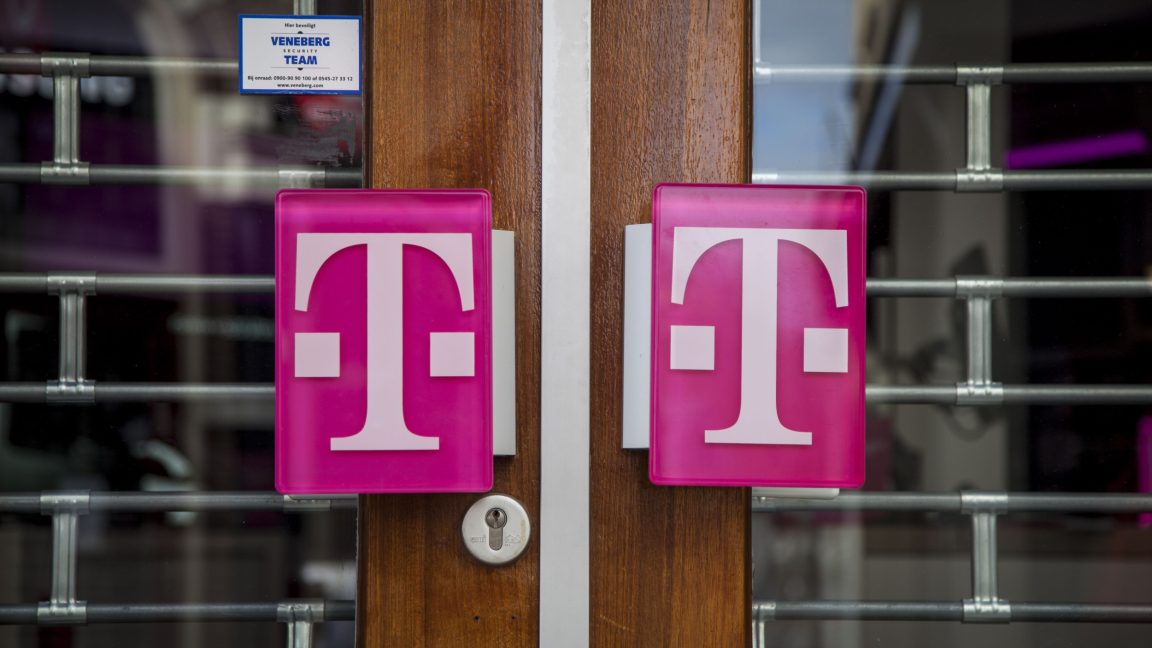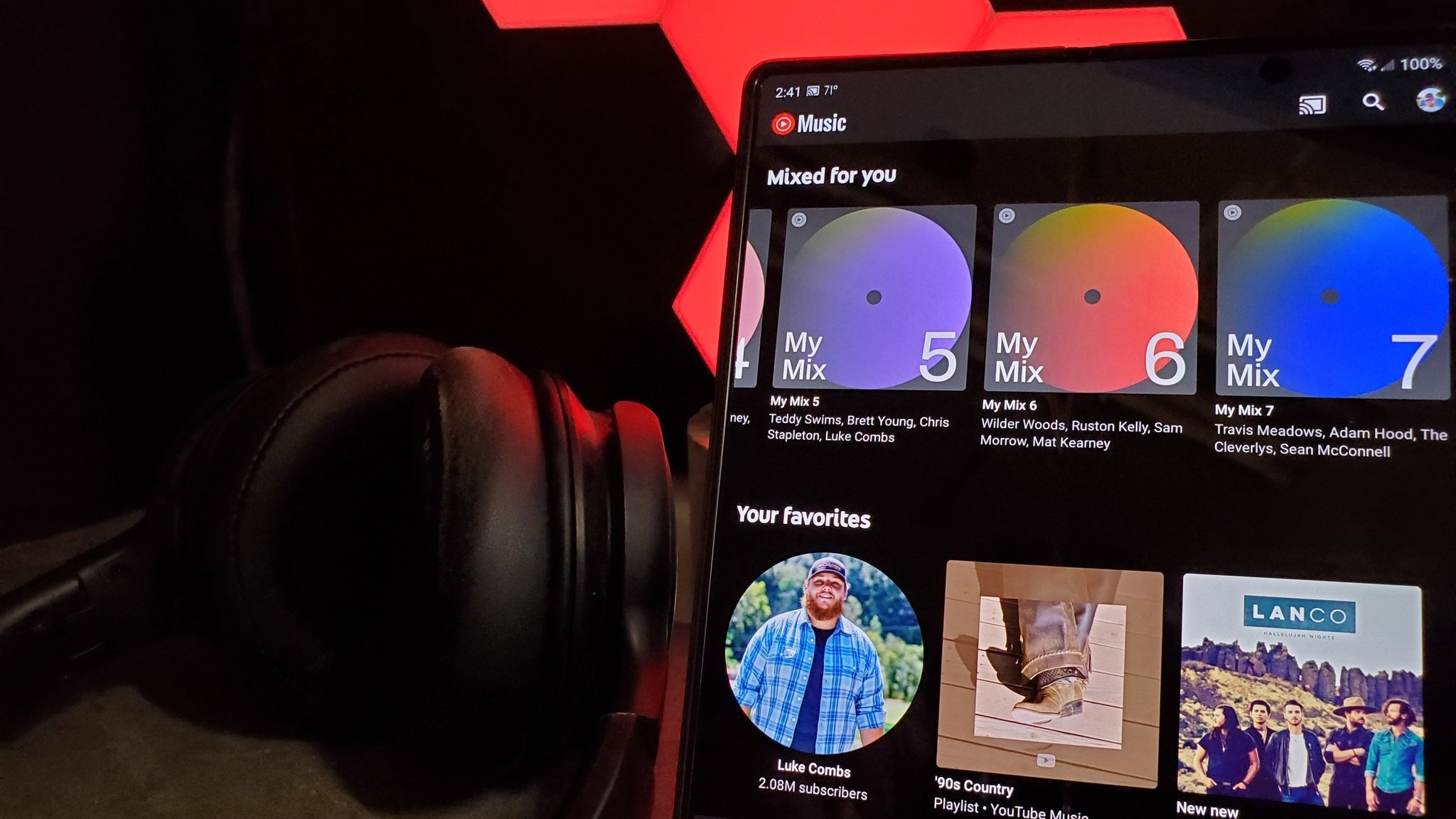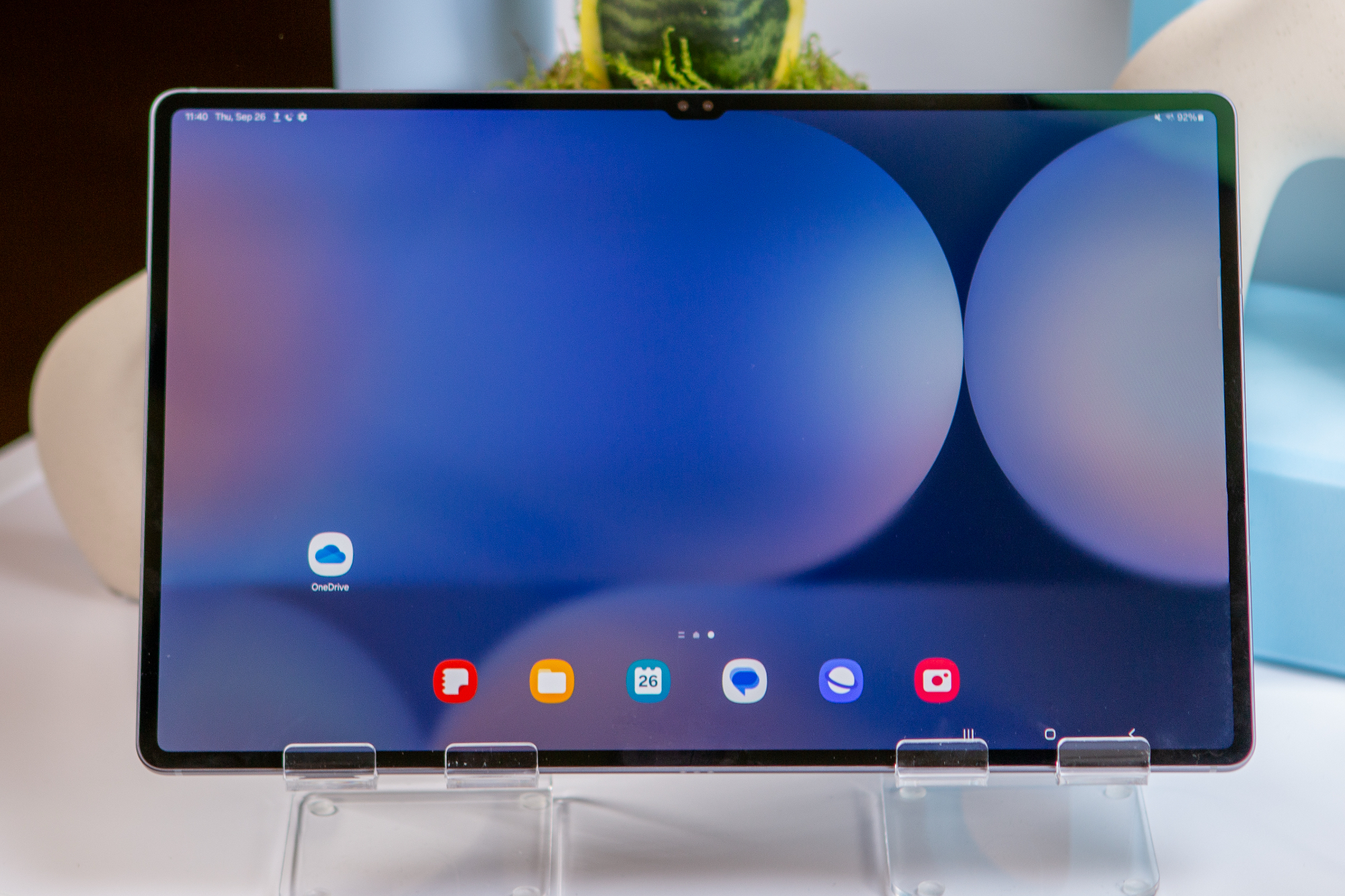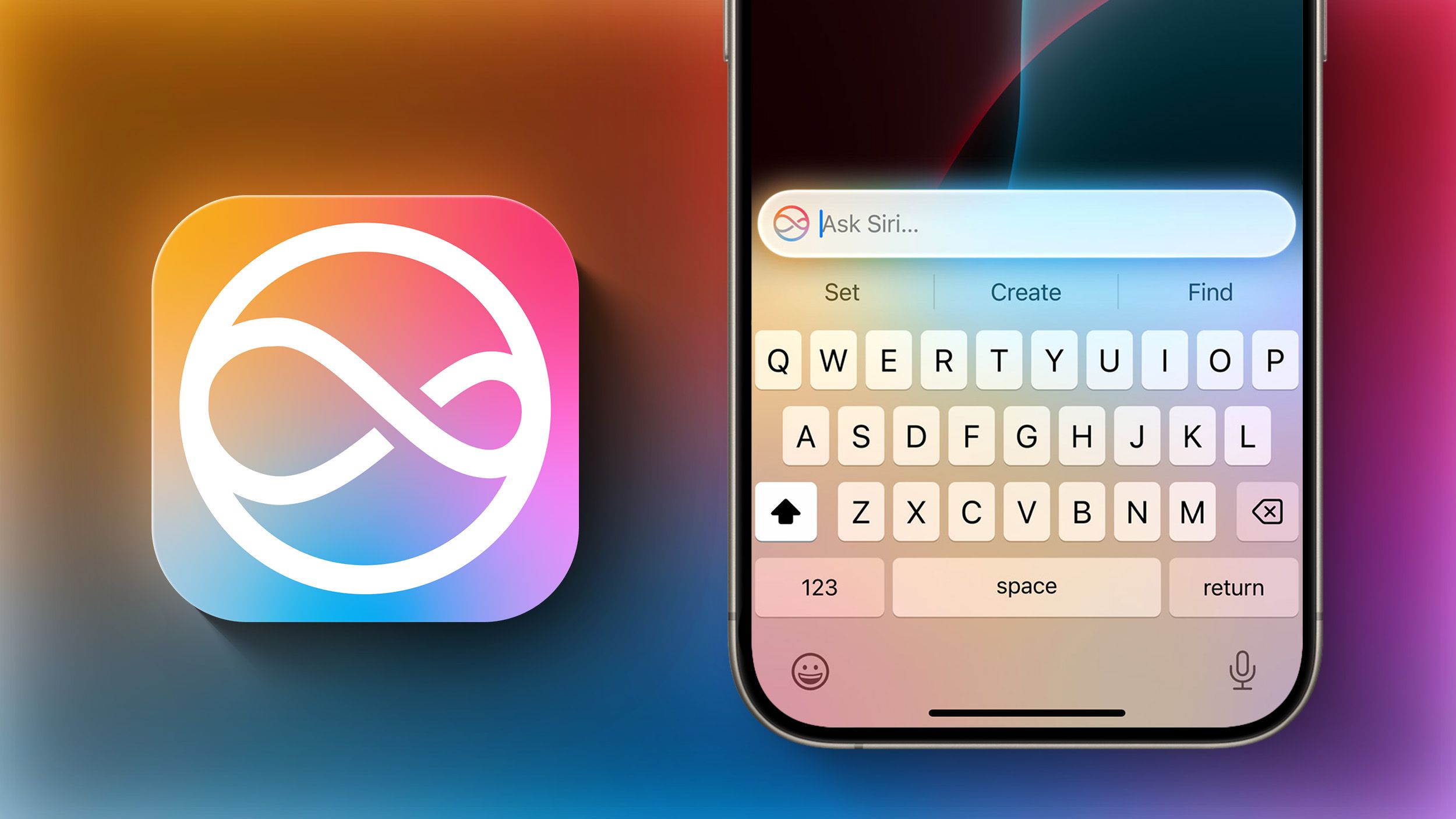FreeSWITCH vs Asterisk: Which VoIP Platform Is Right for You?
Voice over IP (VoIP) has positively impacted the communication environment in business due to being more flexible, inexpensive, and scalable in use. FreeSWITCH and Asterisk are recognized as the leaders of the industry and the top of the open-source VoIP platform food chain. Both platforms have advantages and disadvantages, and your choice will enable the possibilities of VoIP infrastructure, limits of efficiency, and potential for scalability. In this blog post, we will analyze, compare the architecture, evaluate performance, usage, pros and cons of FreeSWITCH and Asterisk to make your choice easier. 1. Introduction: What are FreeSWITCH and Asterisk? What is Asterisk? Asterisk, by Digium (now recently part of Sangoma Technologies), is the original open-source VoIP PBX system, and has served as the ideal development environment for developing communications applications including IP PBXs, VoIP Gateways and conferencing servers. What is FreeSWITCH? FreeSWITCH, is a scalable open-source VoIP platform for developing telephony service that include complex signaling and application processing. FreeSWITCH was developed to address the architectural limitations of Asterisk, and is capable of advanced media switching, transcoding, and conferencing. 2. Architectural Comparison Asterisk Architecture Asterisk is a monolithic architecture, consisting of a core that all modules (SIP, media, signaling) are on the same thread. Monolithic is simpler to deploy and maintain, and it can frequently suffer from scalability concerns based on its load, or capacity. FreeSWITCH Architecture FreeSWITCH is structured using a modular, event driven architecture. The cores are separated and signaling and media processing take place in different threads which provides a far greater concurrency and overall performance and horizontal scaling abilities. Therefore this architectural design can facilitate robust large-scale applications. 3. Supported Protocols / Compatibility Asterisk SIP (Session Initiation Protocol) IAX/IAX2 (Inter-Asterisk eXchange) MGCP (Media Gateway Control Protocol) H.323 (limited) WebRTC (with plugins) FreeSWITCH SIP (fully RFC compliant and advanced support) WebRTC (native support) Jingle (by Google) SMS (SMPP) Fax over IP (T.38) Mod_event_socket for custom integrations Winner: FreeSWITCH, better/more native supported from the start. 4. Performance and Scalability Asterisk Asterisk is effective with small to medium deployments (10-500 concurrent calls). However, often because of the single-thread media architecture, if and when the need for higher concurrency arises, you many probably find you will need to deploy multiple instances of Asterisk, in combination with third-party load-balancing platforms to facilitate this. FreeSWITCH FreeSWITCH can reliably handle thousands of simultaneous calls on a single server given its multi-thread architecture - performance so far ahead of anything else places it in a better category for larger volume deployments (telecommunications carriers and conferencing solutions, multi-tenant PBX providers. Winner: FreeSWITCH, in any high concurrency situation. 5. Usage: Where they shine Asterisk is particularly good for: SMBs On Premise IP PBX installations Custom dial plans on IP PBX Voicemail and IVR Systems Call Centers with modest load FreeSWITCH is particularly good for: Enterprise level communication platform Cloud PBX/hosted VoIP services Carrier grade softswitch deployments Advanced conferencing and video systems Unified Communications (UCaaS) Platforms 6. Flexibility and customization Both platforms contain substantial customization features when using their native dial plans, scripting capabilities, and APIs! Asterisk Asterisk Native Dial Plans in AEL or extensions.conf AGI (Asterisk Gateway Interface) which allows writing scripts in Perl, Python, etc. AMI (Asterisk Manager Interface), to trigger event in real time FreeSWITCH XML based dial plans, Lua, JavaScript or Python can all be used for scripting. Event Socket Library (ESL) for more in-depth switching from call control REST API integrations Built-in modules that can provide advanced call flows. 7. Community and Ecosystem Asterisk Asterisk has a solid and well-established community as it has had a long presence. There is a lot of useful documentation, and tons of support from third-party tools. FreeSWITCH FreeSWITCH also has a very active community that is especially useful for telecom developers. You can also get full professional support from SignalWire, its commercial supporter. You also have plenty of documentation. Winner: Asterisk for beginners; FreeSWITCH for experienced VoIP developers and enterprise requirements. 8. Installation and Configuration

Voice over IP (VoIP) has positively impacted the communication environment in business due to being more flexible, inexpensive, and scalable in use. FreeSWITCH and Asterisk are recognized as the leaders of the industry and the top of the open-source VoIP platform food chain. Both platforms have advantages and disadvantages, and your choice will enable the possibilities of VoIP infrastructure, limits of efficiency, and potential for scalability. In this blog post, we will analyze, compare the architecture, evaluate performance, usage, pros and cons of FreeSWITCH and Asterisk to make your choice easier.
1. Introduction: What are FreeSWITCH and Asterisk?
What is Asterisk?
Asterisk, by Digium (now recently part of Sangoma Technologies), is the original open-source VoIP PBX system, and has served as the ideal development environment for developing communications applications including IP PBXs, VoIP Gateways and conferencing servers.
What is FreeSWITCH?
FreeSWITCH, is a scalable open-source VoIP platform for developing telephony service that include complex signaling and application processing. FreeSWITCH was developed to address the architectural limitations of Asterisk, and is capable of advanced media switching, transcoding, and conferencing.
2. Architectural Comparison
Asterisk Architecture
Asterisk is a monolithic architecture, consisting of a core that all modules (SIP, media, signaling) are on the same thread. Monolithic is simpler to deploy and maintain, and it can frequently suffer from scalability concerns based on its load, or capacity.
FreeSWITCH Architecture
FreeSWITCH is structured using a modular, event driven architecture. The cores are separated and signaling and media processing take place in different threads which provides a far greater concurrency and overall performance and horizontal scaling abilities. Therefore this architectural design can facilitate robust large-scale applications.
3. Supported Protocols / Compatibility
Asterisk
- SIP (Session Initiation Protocol)
- IAX/IAX2 (Inter-Asterisk eXchange)
- MGCP (Media Gateway Control Protocol)
- H.323 (limited)
- WebRTC (with plugins)
FreeSWITCH
- SIP (fully RFC compliant and advanced support)
- WebRTC (native support)
- Jingle (by Google)
- SMS (SMPP)
- Fax over IP (T.38)
- Mod_event_socket for custom integrations
Winner: FreeSWITCH, better/more native supported from the start.
4. Performance and Scalability
Asterisk
Asterisk is effective with small to medium deployments (10-500 concurrent calls). However, often because of the single-thread media architecture, if and when the need for higher concurrency arises, you many probably find you will need to deploy multiple instances of Asterisk, in combination with third-party load-balancing platforms to facilitate this.
FreeSWITCH
FreeSWITCH can reliably handle thousands of simultaneous calls on a single server given its multi-thread architecture - performance so far ahead of anything else places it in a better category for larger volume deployments (telecommunications carriers and conferencing solutions, multi-tenant PBX providers.
Winner: FreeSWITCH, in any high concurrency situation.
5. Usage: Where they shine
Asterisk is particularly good for:
- SMBs
- On Premise IP PBX installations
- Custom dial plans on IP PBX
- Voicemail and IVR Systems
- Call Centers with modest load
FreeSWITCH is particularly good for:
- Enterprise level communication platform
- Cloud PBX/hosted VoIP services
- Carrier grade softswitch deployments
- Advanced conferencing and video systems
- Unified Communications (UCaaS) Platforms
6. Flexibility and customization
Both platforms contain substantial customization features when using their native dial plans, scripting capabilities, and APIs!
Asterisk
- Asterisk Native Dial Plans in AEL or extensions.conf
- AGI (Asterisk Gateway Interface) which allows writing scripts in Perl, Python, etc.
- AMI (Asterisk Manager Interface), to trigger event in real time
FreeSWITCH
- XML based dial plans, Lua, JavaScript or Python can all be used for scripting.
- Event Socket Library (ESL) for more in-depth switching from call control
- REST API integrations
- Built-in modules that can provide advanced call flows.
7. Community and Ecosystem
Asterisk
Asterisk has a solid and well-established community as it has had a long presence. There is a lot of useful documentation, and tons of support from third-party tools.
FreeSWITCH
FreeSWITCH also has a very active community that is especially useful for telecom developers. You can also get full professional support from SignalWire, its commercial supporter. You also have plenty of documentation.
Winner: Asterisk for beginners; FreeSWITCH for experienced VoIP developers and enterprise requirements.
8. Installation and Configuration
Asterisk
The installation process is relatively easy with tools like FreePBX offering a GUI as well. It is usually the go-to system for quick deployments.
FreeSWITCH
FreeSWITCH's installation has a steeper learning curve than Asterisk. It requires a deeper understanding of what is going on in the VOIP protocols. However, once mastered, configuration is very modular and elegant.
Winner: Asterisk for ease of installation and setup; FreeSWITCH for elegance and long-term maintainability and scale.
9. Advanced Features and Capabilities
| Feature | Asterisk | FreeSWITCH |
|---|---|---|
| Call Routing | ✔️ | ✔️ |
| Voicemail | ✔️ | ✔️ |
| Call Recording | ✔️ | ✔️ |
| Native Video Conferencing | ❌ | ✔️ |
| SIP Load Balancing | ❌ | ✔️ |
| Multi-Tenant PBX | ❌ | ✔️ |
| High Availability | External setup | Built-in support |
10. Support/Commercial Options
Asterisk
- Sangoma commercial support
- GUI - FreePBX (has a very large user base)
- Active forums and developer community
FreeSWITCH
- SignalWire commercial support
- GUI - FusionPBX, Kazoo (3rd party)
- Paid SLA for commercially supported enterprises
11. Security Considerations
Both platforms supported common security features such as TLS and SRTP as well as authentication methods for calls.
Asterisk
- Mainly secured through outer configurations
- Community based modules for IP-filtering or firewalls
FreeSWITCH
- Native support for SIP connections over TLS
- Inserts a built-in fail2ban, ACLs, even event-based control
Winner: FreeSWITCH built-in security and protocol hardening is superior.
12. Case Studies
Asterisk Use Case
A regional insurance provider built a secure internal PBX for 200 employees. They built voicemail capabilities, IVR, and call recording function for compliance. They used it because of its simplicity, GUI (FreePBX) and ease of implementation.
FreeSWITCH Use Case
A VoIP service provider built a multi-tenant high performance VoIP platform with FreeSWITCH that promotes its clients with over 50k users across audio and video conferencing, smart call routing and WebRTC. Primarily, they focused on scalability and performance in choosing FreeSWITCH.
13. What VoIP Platform Should You Choose?
Choose Asterisk if:
- You are building a PBX that is small to medium-scale
- You want to use a mature GUI (FreePBX) that is well-known
- You need something that is easily deployable with less code
- You have less concurrent calls
Choose FreeSWITCH if:
- You require high concurrent connections and advanced call control
- You are building a UCaaS or telecom-grade platform
- You are looking for native support of video and WebRTC
- You need advanced handling of SIP or a multi-tenant setup
Conclusion
Both FreeSWITCH and Asterisk are powerful open source VoIP platforms. Asterisk could fit well in the SMB space and smaller traditional PBX implementations providing a complete suite of telephony features and simplicity of use. FreeSWITCH lends itself to the enterprise space, carriers, and developers requiring high performance, flexibly, and scalability.
Your final choice will depend on your use case, technical abilities, scale of challenges, and performance needs.













































































































































































![[The AI Show Episode 144]: ChatGPT’s New Memory, Shopify CEO’s Leaked “AI First” Memo, Google Cloud Next Releases, o3 and o4-mini Coming Soon & Llama 4’s Rocky Launch](https://www.marketingaiinstitute.com/hubfs/ep%20144%20cover.png)
























































































































































![BPMN-procesmodellering [closed]](https://i.sstatic.net/l7l8q49F.png)


























































































-All-will-be-revealed-00-35-05.png?width=1920&height=1920&fit=bounds&quality=70&format=jpg&auto=webp#)
-All-will-be-revealed-00-17-36.png?width=1920&height=1920&fit=bounds&quality=70&format=jpg&auto=webp#)
-Jack-Black---Steve's-Lava-Chicken-(Official-Music-Video)-A-Minecraft-Movie-Soundtrack-WaterTower-00-00-32_lMoQ1fI.png?width=1920&height=1920&fit=bounds&quality=70&format=jpg&auto=webp#)






















































































































![What iPhone 17 model are you most excited to see? [Poll]](https://9to5mac.com/wp-content/uploads/sites/6/2025/04/iphone-17-pro-sky-blue.jpg?quality=82&strip=all&w=290&h=145&crop=1)

















![Hands-On With 'iPhone 17 Air' Dummy Reveals 'Scary Thin' Design [Video]](https://www.iclarified.com/images/news/97100/97100/97100-640.jpg)
![Mike Rockwell is Overhauling Siri's Leadership Team [Report]](https://www.iclarified.com/images/news/97096/97096/97096-640.jpg)
![Instagram Releases 'Edits' Video Creation App [Download]](https://www.iclarified.com/images/news/97097/97097/97097-640.jpg)
![Inside Netflix's Rebuild of the Amsterdam Apple Store for 'iHostage' [Video]](https://www.iclarified.com/images/news/97095/97095/97095-640.jpg)






























































































































